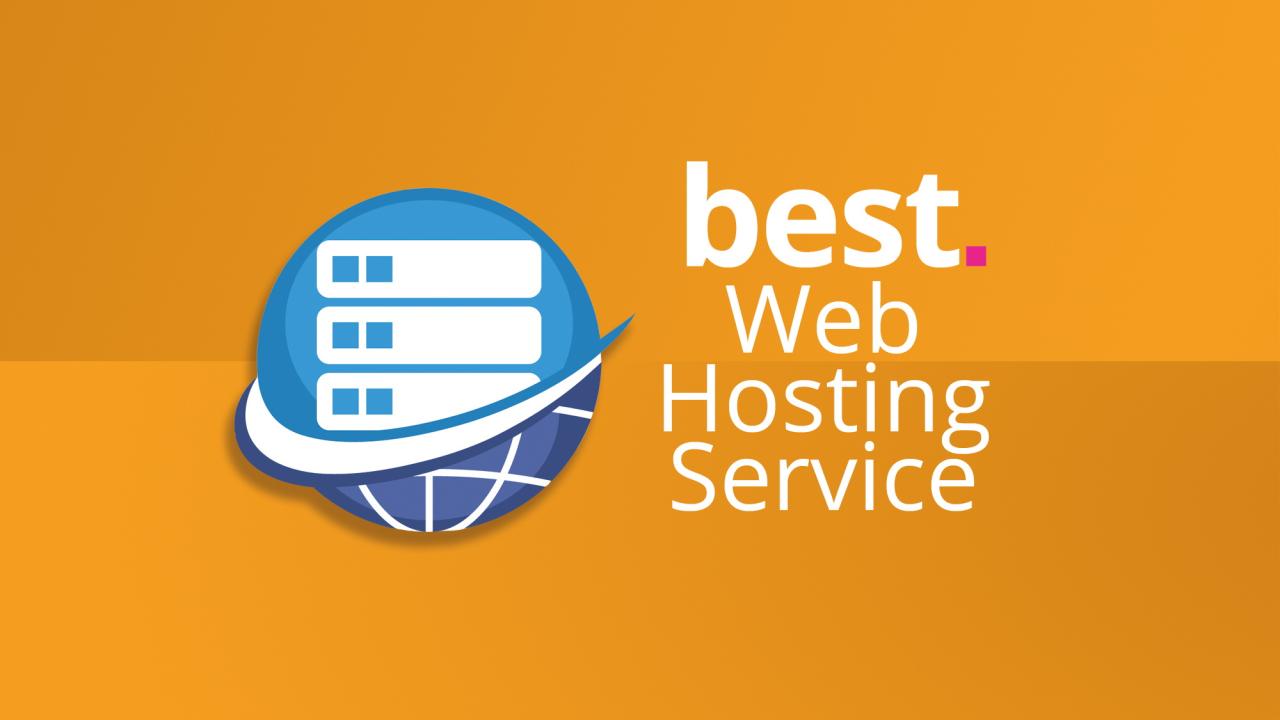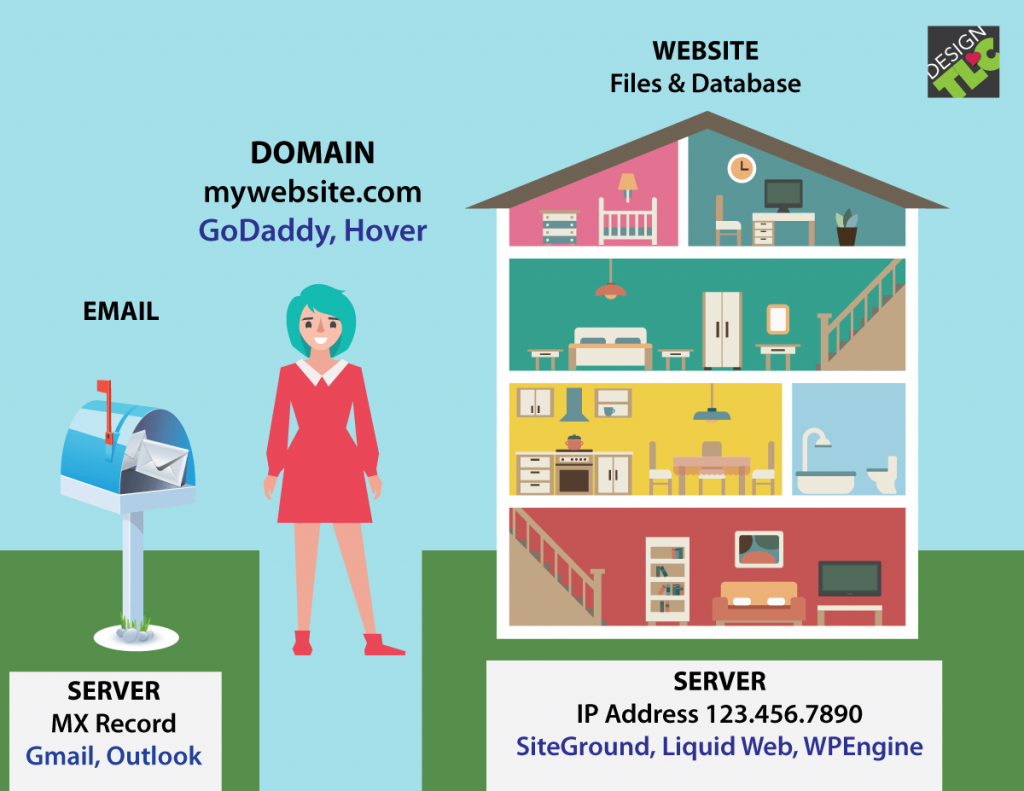Server hosting, the backbone of the internet, provides the foundation for websites, applications, and online services. It involves storing and managing data on dedicated servers, allowing users to access information and services remotely. From simple websites to complex applications, server hosting plays a crucial role in shaping the digital landscape.
Understanding server hosting is essential for anyone involved in web development, online business, or simply navigating the digital world. This comprehensive guide delves into the different types of hosting, key considerations for choosing a plan, and the essential aspects of server security, performance, and management.
Server Hosting Trends and Future Developments
The server hosting landscape is constantly evolving, driven by advancements in technology and changing user demands. This section explores emerging technologies, the impact of cloud computing, and predictions for the future of server hosting.
Emerging Technologies in Server Hosting
The rise of new technologies is shaping the server hosting industry, offering enhanced performance, scalability, and efficiency.
- Containerization: This technology packages applications and their dependencies into self-contained units called containers, enabling faster deployment and improved resource utilization. Docker and Kubernetes are popular containerization platforms.
- Serverless Computing: This model allows developers to run code without managing servers, focusing solely on application logic. Providers like AWS Lambda and Google Cloud Functions handle server infrastructure and scaling.
- Edge Computing: This approach brings computation and data storage closer to users, reducing latency and improving performance. Edge computing is particularly beneficial for applications requiring real-time processing, such as streaming services and gaming.
Impact of Cloud Computing on Server Hosting
Cloud computing has revolutionized the server hosting industry, offering a range of benefits over traditional on-premises solutions.
- Scalability and Flexibility: Cloud providers offer elastic resources, allowing businesses to scale their infrastructure up or down as needed, responding to fluctuating demands.
- Cost-Effectiveness: Pay-as-you-go pricing models in cloud computing eliminate the need for upfront investments in hardware and infrastructure, making it a cost-effective option for many businesses.
- Increased Accessibility: Cloud services make server hosting accessible to businesses of all sizes, regardless of their technical expertise.
Predictions for the Future of Server Hosting
The server hosting industry is expected to continue evolving, driven by emerging technologies and changing user needs.
- Increased Adoption of Cloud-Native Technologies: Containerization, serverless computing, and edge computing are expected to gain wider adoption, driving the shift towards cloud-native applications.
- Growth of Hybrid Cloud Solutions: Businesses will increasingly adopt hybrid cloud models, combining public and private cloud resources to optimize cost and performance.
- Focus on Security and Compliance: As businesses rely more heavily on cloud services, security and compliance will become paramount, with increased emphasis on data protection and regulatory compliance.
Best Practices for Server Hosting
Ensuring the smooth and efficient operation of your server requires adhering to best practices that encompass various aspects, from security and performance to maintenance and troubleshooting. This section delves into essential practices that contribute to a robust and reliable server environment.
Regular Backups
Regular backups are crucial for data protection and disaster recovery. They provide a safety net against accidental data loss, hardware failures, or cyberattacks. Implementing a comprehensive backup strategy involves:
- Frequency: Determine the frequency of backups based on data sensitivity and modification rate. Frequent backups are essential for frequently changing data, while less frequent backups may suffice for static data.
- Backup Types: Employ different backup types, such as full backups, incremental backups, and differential backups, to optimize backup efficiency and storage space.
- Storage Locations: Store backups in multiple locations, preferably off-site, to ensure data availability even in the event of a physical disaster at the primary location.
- Backup Testing: Regularly test backup restoration procedures to ensure data can be retrieved successfully in case of an emergency.
Security Updates
Maintaining up-to-date security patches is essential to protect your server from vulnerabilities and malicious attacks. Regularly installing updates from the operating system and software vendors ensures that security flaws are addressed promptly.
- Automatic Updates: Configure automatic updates to ensure timely patching. This eliminates the risk of forgetting to apply updates, which can leave your server vulnerable.
- Security Scanning: Regularly scan your server for vulnerabilities using specialized security tools. This helps identify potential weaknesses that need to be addressed.
- Firewall Configuration: Implement a robust firewall to block unauthorized access to your server. Configure the firewall to allow only necessary connections, minimizing the attack surface.
- Strong Passwords: Use strong, unique passwords for all user accounts and administrative privileges. Avoid using easily guessable passwords and implement multi-factor authentication for sensitive accounts.
Performance Monitoring
Monitoring server performance is vital for identifying and resolving issues before they impact users. Continuous monitoring provides insights into resource utilization, response times, and potential bottlenecks.
- Resource Utilization: Track CPU, memory, disk space, and network bandwidth usage to identify resource constraints and potential performance bottlenecks.
- Response Times: Monitor website or application response times to ensure acceptable performance for users. Slow response times can indicate server overload or other performance issues.
- Error Logs: Analyze server logs to identify error messages, warnings, and other events that may indicate problems. These logs provide valuable insights into server behavior and potential issues.
- Performance Tuning: Based on monitoring data, optimize server configuration and resource allocation to improve performance. This may involve adjusting settings, upgrading hardware, or implementing caching mechanisms.
Troubleshooting Common Server Issues
Troubleshooting server issues effectively requires a systematic approach. Here are some common issues and troubleshooting tips:
- Server Downtime: Check network connectivity, server logs, and system status to determine the cause of downtime. Investigate potential hardware failures, software conflicts, or security breaches.
- Slow Performance: Analyze server resource utilization, network traffic, and application performance to identify bottlenecks. Consider upgrading hardware, optimizing software configurations, or implementing caching mechanisms.
- Security Breaches: Review security logs for suspicious activity and investigate potential vulnerabilities. Implement security updates, strengthen passwords, and use security scanning tools to mitigate risks.
- Website Errors: Check website logs for error messages and investigate potential issues with code, database connectivity, or server configuration.
Conclusion

As the digital world continues to evolve, server hosting will remain a critical component, offering scalability, reliability, and security for a wide range of applications. By understanding the nuances of server hosting, you can make informed decisions, optimize your online presence, and leverage the power of the internet to achieve your goals.
Server hosting is a crucial aspect of online presence, ensuring your website or application remains accessible and reliable. Just like a well-maintained garden needs proper support, so does your online infrastructure. A DIY vertical garden can be a creative way to add greenery to your space, and similarly, choosing the right hosting plan for your needs can make all the difference in the success of your online project.




